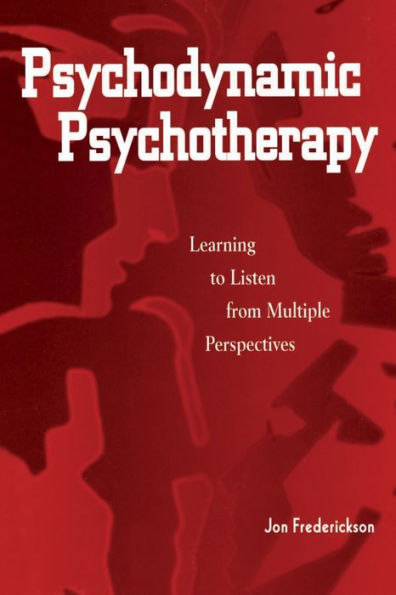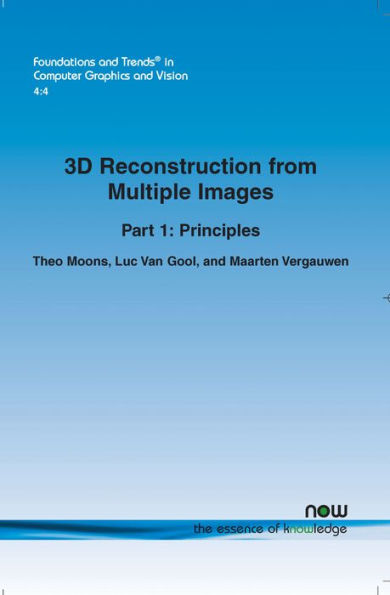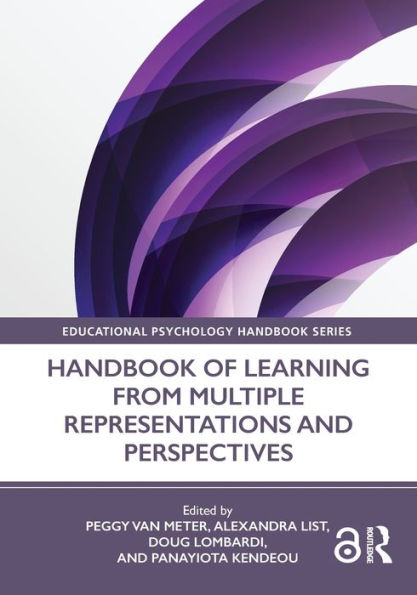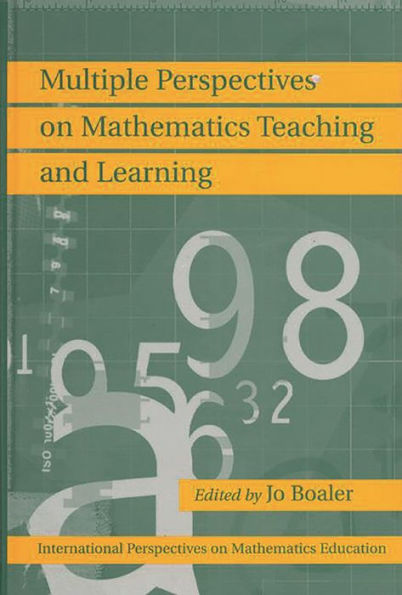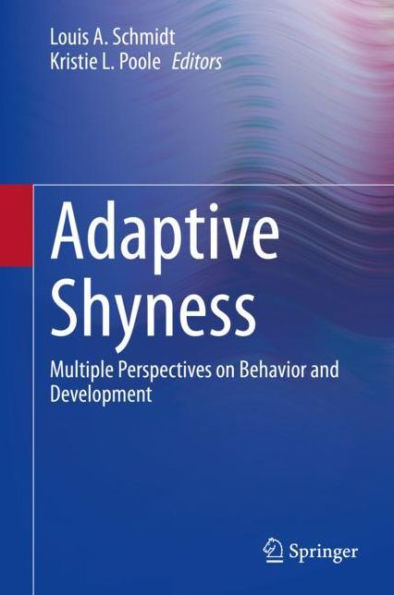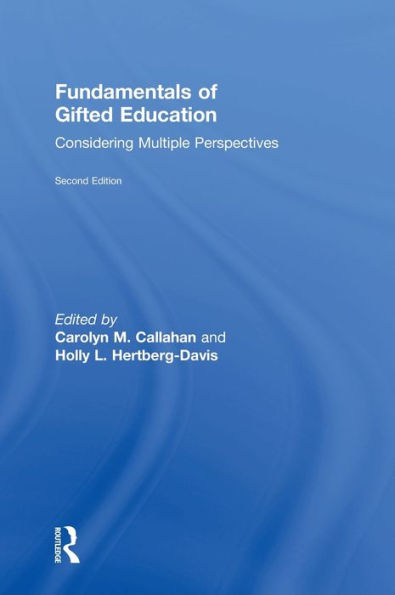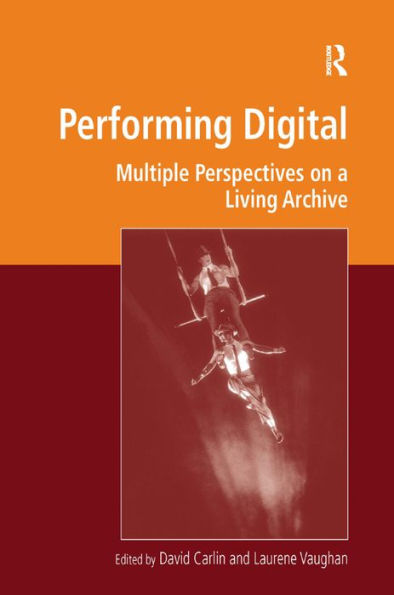Home
Generation of 3D Models from Multiple Perspectives Using Computational Algorithms
Barnes and Noble
Loading Inventory...
Generation of 3D Models from Multiple Perspectives Using Computational Algorithms
Current price: $30.00

Barnes and Noble
Generation of 3D Models from Multiple Perspectives Using Computational Algorithms
Current price: $30.00
Loading Inventory...
Size: OS
*Product information may vary - to confirm product availability, pricing, shipping and return information please contact Barnes and Noble
The invention of the camera is a milestone in human technological progress. This optical instrument enabled us to capture a visual image of a real-world object/scene at a particular instant for later viewing. We exist in a three-dimensional space (Scargill, 2020), i.e., any point in this universe can be expressed using three spatial coordinates. On the other hand, the images we capture using a camera are two-dimensional. In this regard, the camera can be considered as a device that maps a three-dimensional scene to a two-dimensional image (Szeliski, 2010). This raises the following interesting question-Is it possible to infer the structure of a three-dimensional scene from its two-dimensional image? Or in other words, Is it possible to reverse the functionality of a camera? Images are projections of a certain portion of our three-dimensional world on a two-dimensional surface. This mapping of a scene to an image is a many-to-one function since an infinite number of three-dimensional scenes can produce the same image. During this imaging process, there is some loss of information; specifically, the depth information is lost (Hartley et al., 2003). An image certainly cannot contain all the information of the three-dimensional scene it represents, and therefore, the problem of inferring the three-dimensional structure from its image is degenerate.
The invention of the camera is a milestone in human technological progress. This optical instrument enabled us to capture a visual image of a real-world object/scene at a particular instant for later viewing. We exist in a three-dimensional space (Scargill, 2020), i.e., any point in this universe can be expressed using three spatial coordinates. On the other hand, the images we capture using a camera are two-dimensional. In this regard, the camera can be considered as a device that maps a three-dimensional scene to a two-dimensional image (Szeliski, 2010). This raises the following interesting question-Is it possible to infer the structure of a three-dimensional scene from its two-dimensional image? Or in other words, Is it possible to reverse the functionality of a camera? Images are projections of a certain portion of our three-dimensional world on a two-dimensional surface. This mapping of a scene to an image is a many-to-one function since an infinite number of three-dimensional scenes can produce the same image. During this imaging process, there is some loss of information; specifically, the depth information is lost (Hartley et al., 2003). An image certainly cannot contain all the information of the three-dimensional scene it represents, and therefore, the problem of inferring the three-dimensional structure from its image is degenerate.
